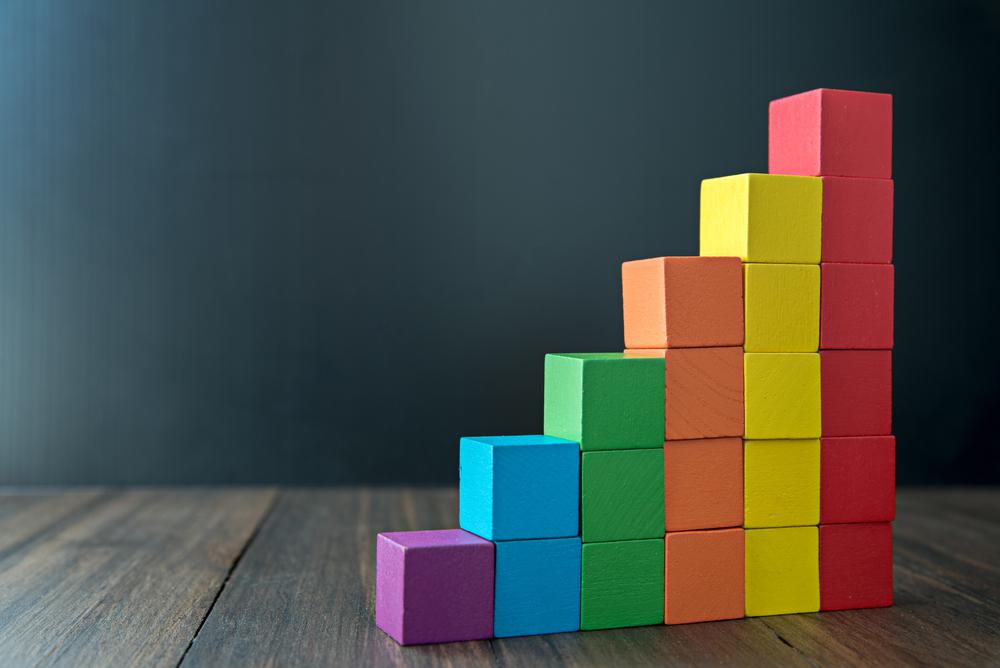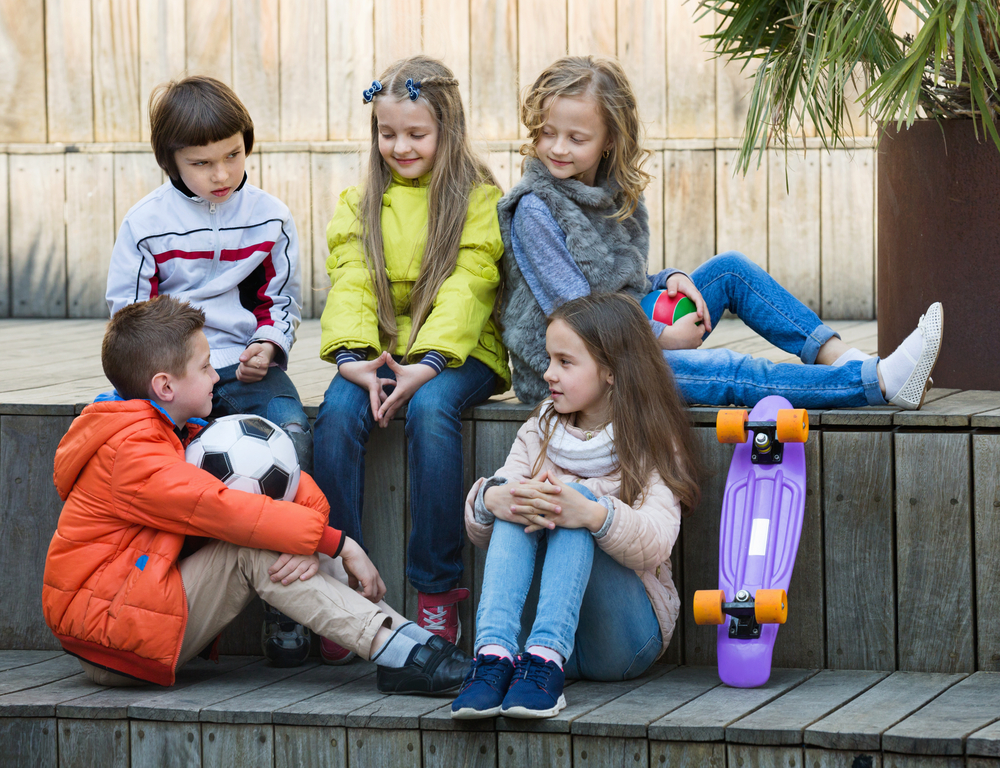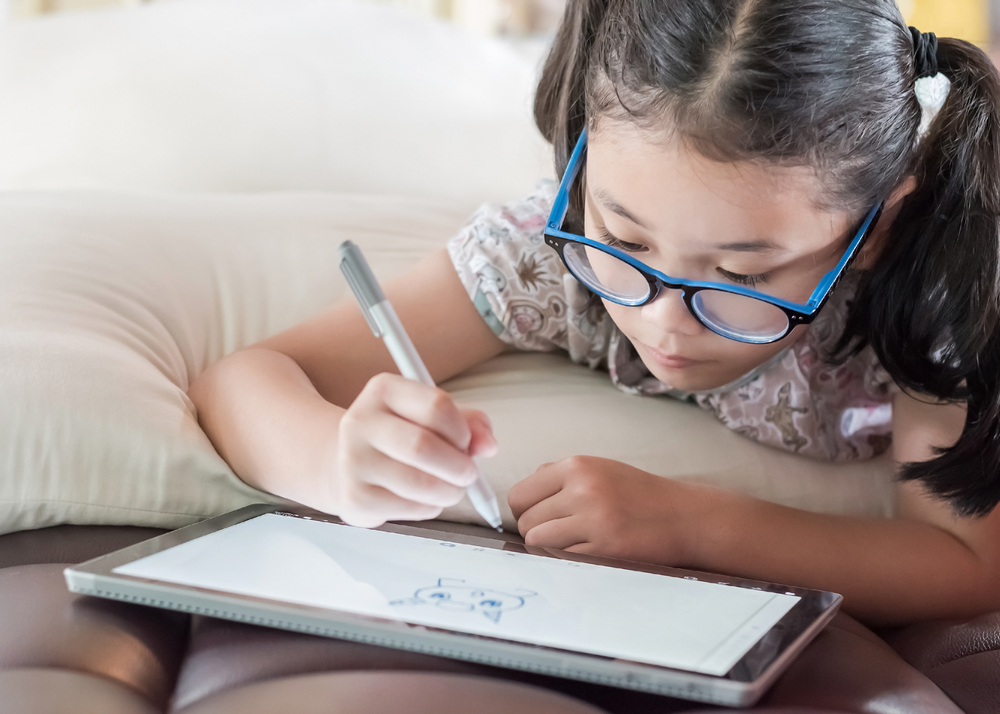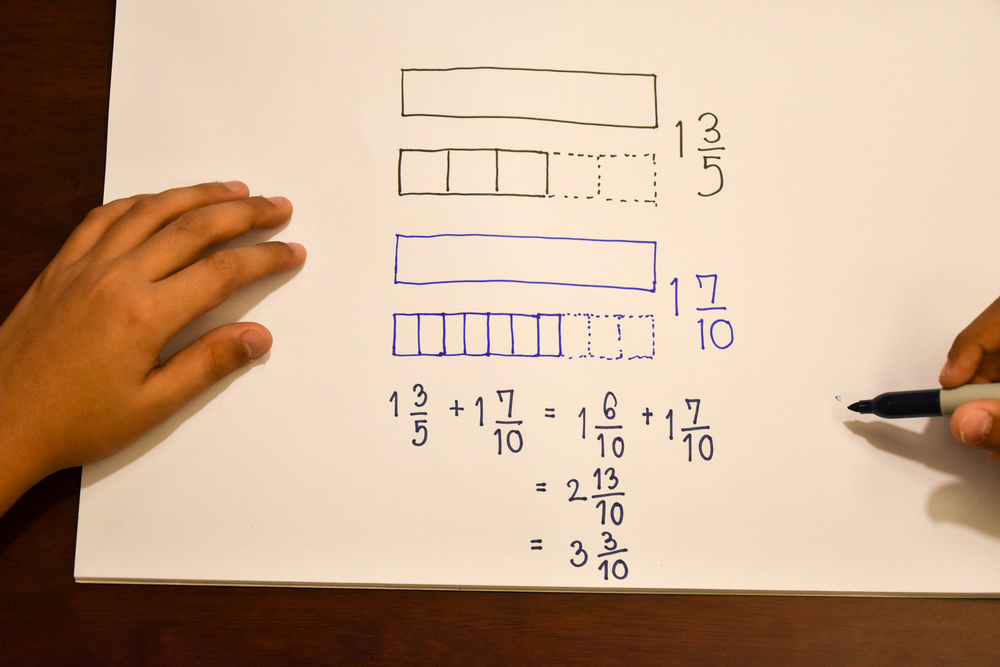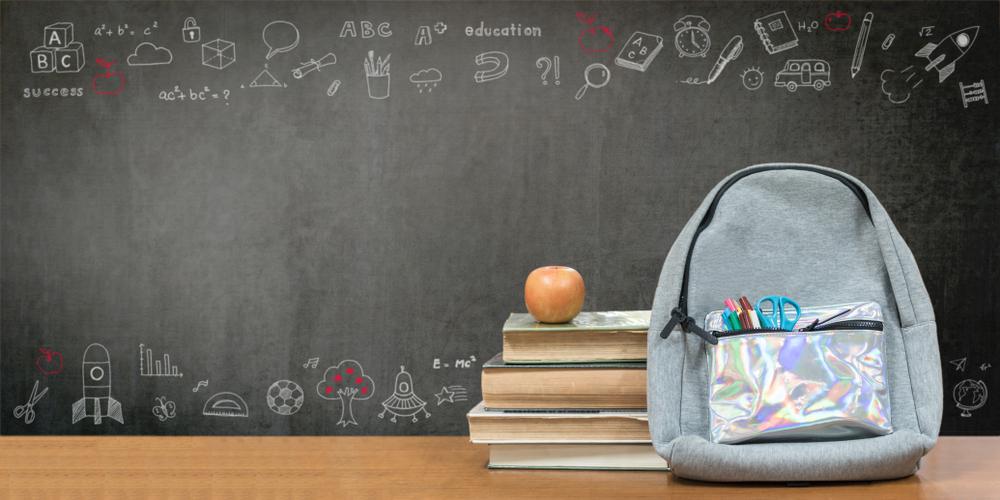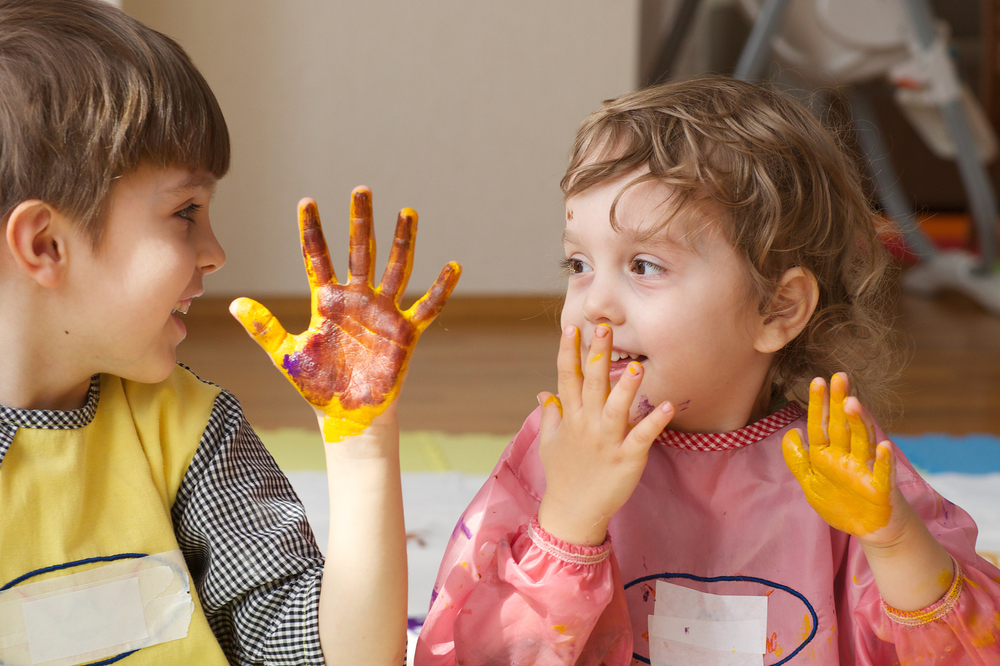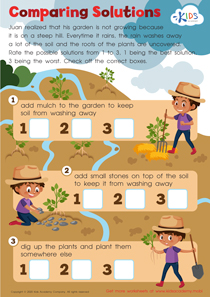Comparing objects Worksheets for Ages 3-5
6 filtered results
-
From - To
Discover our engaging "Comparing Objects Worksheets for Ages 3-5," designed to enhance your child's early math skills. These worksheets provide fun activities that help children learn to identify similarities and differences between various objects. Through colorful illustrations and simple exercises, young learners will build their observational and critical thinking skills, laying a strong foundation for future learning. Perfect for use at home or in the classroom, our worksheets make learning enjoyable while fostering essential cognitive skills. Encourage your little ones to explore their environment visually and mathematically with our thoughtfully crafted comparing objects worksheets! Start the adventure today!
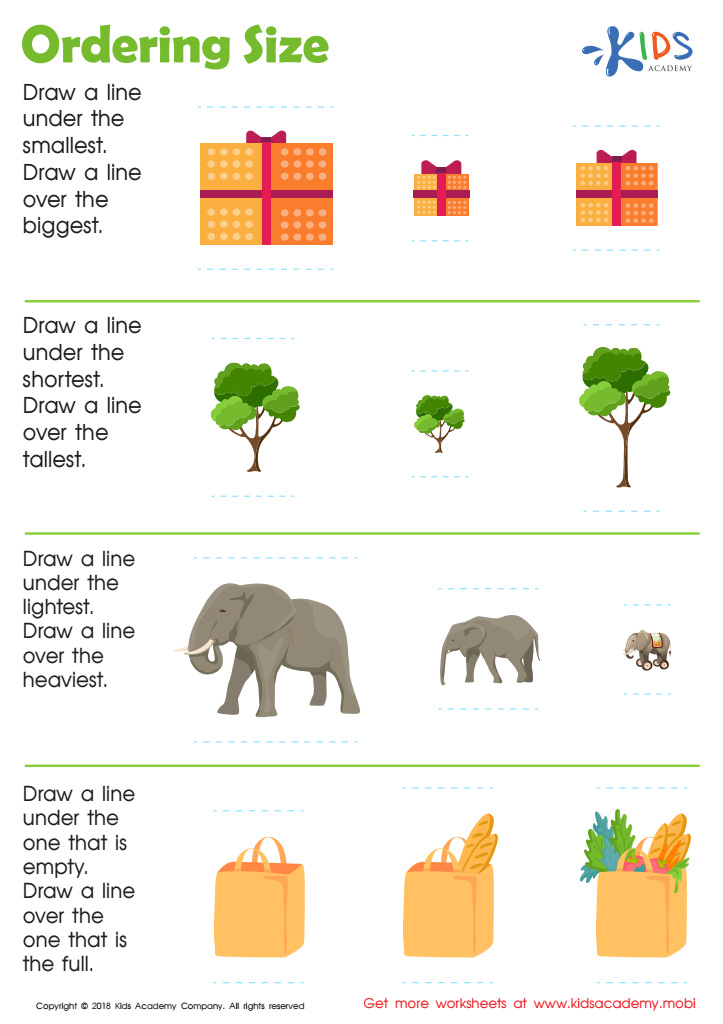

Ordering Size Worksheet
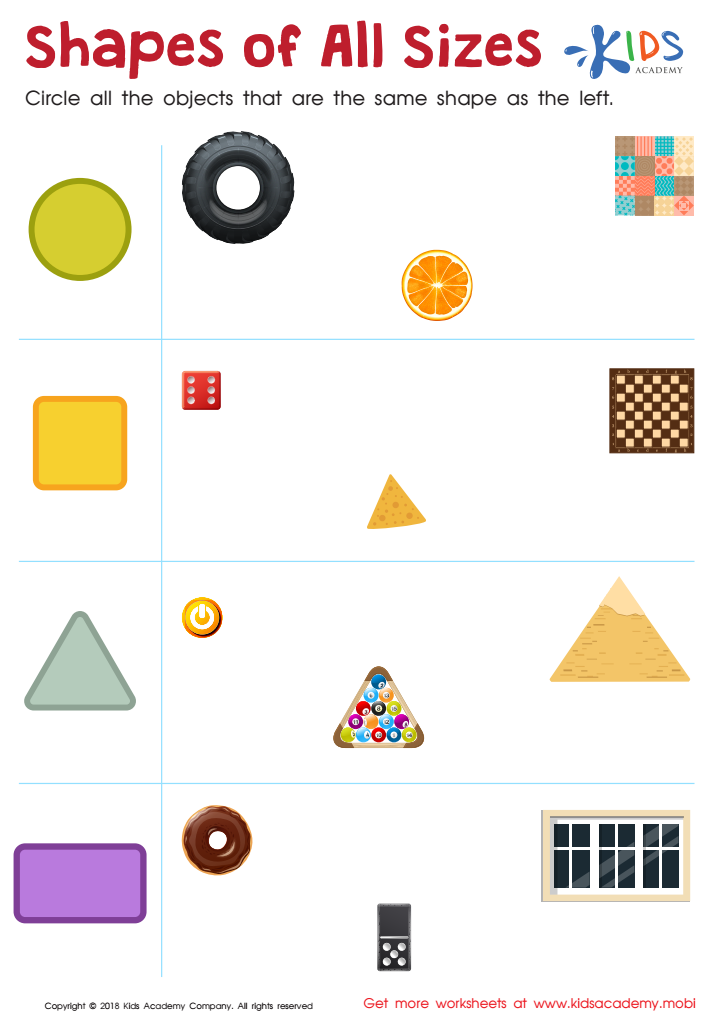

Shapes of All Sizes Worksheet


Which One Is Heavier Worksheet
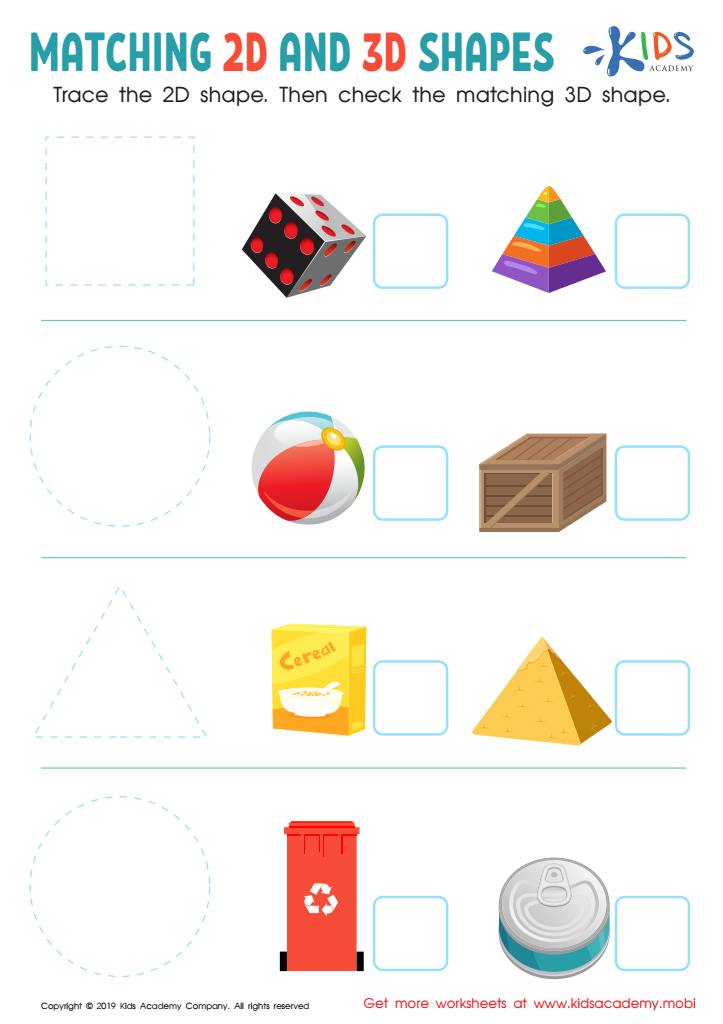

Matching 2D and 3D Shapes Worksheet
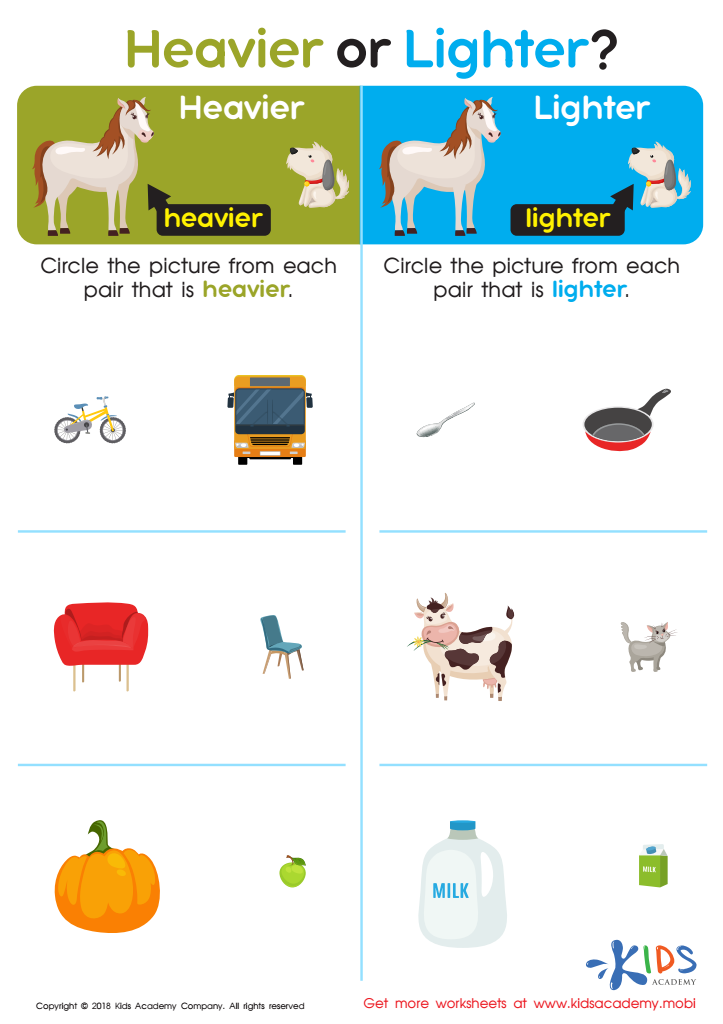

Heavier or Lighter? Worksheet


Classifying by Size Sorting Worksheet
Comparing objects is a fundamental cognitive skill that shapes a child's understanding of the world around them, making it essential for parents and teachers to prioritize. For children aged 3-5, engaging in comparative activities fosters critical thinking and reasoning abilities. These activities help kids learn to discern differences and similarities in size, shape, color, and quantity, which are vital skills not only in early mathematics but also in scientific inquiry.
By comparing objects, children begin to develop observation skills and the ability to categorize information. This lays the groundwork for more advanced concepts, such as measurement and data analysis, which they will encounter later in their education. Furthermore, these activities promote language development, as children learn to articulate their observations and participate in discussions.
Engaging in comparing objects also nurtures social skills. When children collaborate in comparison tasks, they learn to share perspectives, negotiate meanings, and appreciate diverse viewpoints.
Lastly, involving parents in comparing games or activities reinforces learning at home, forming strong connections in the child's educational journey. Simply put, the practice of comparing objects equips young learners with essential skills, creativity, and strategies they will carry through life, making it a valuable focus for educators and parents alike.
 Assign to My Students
Assign to My Students



